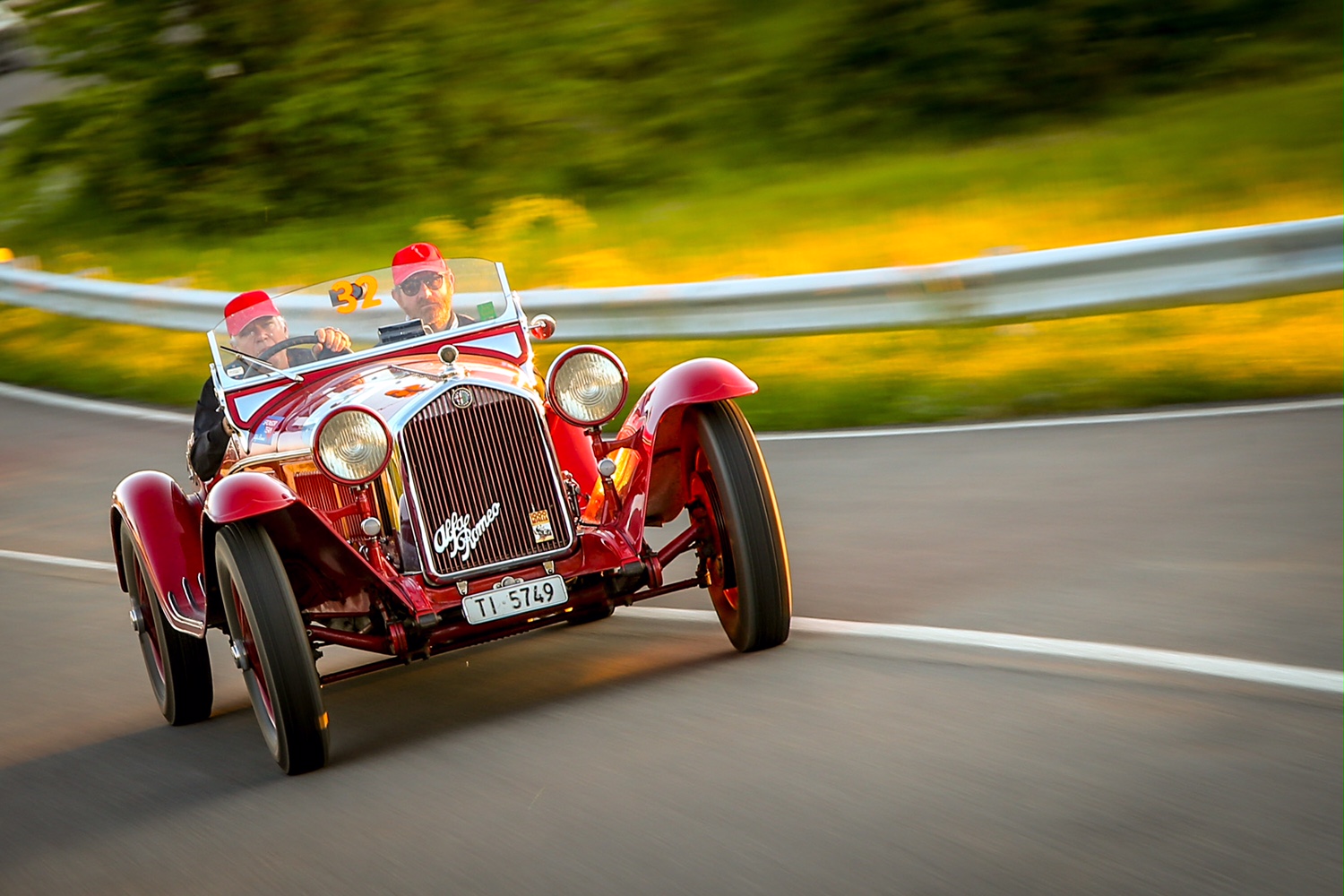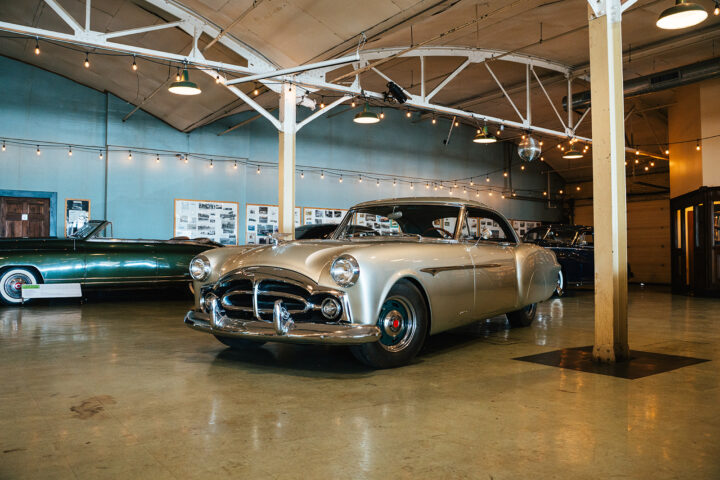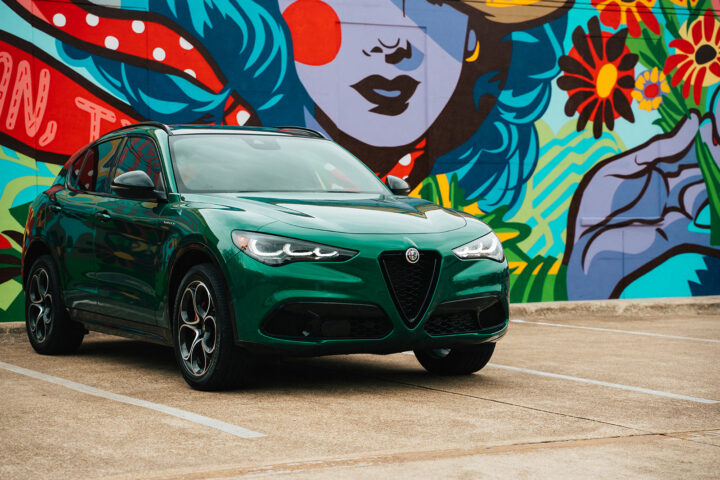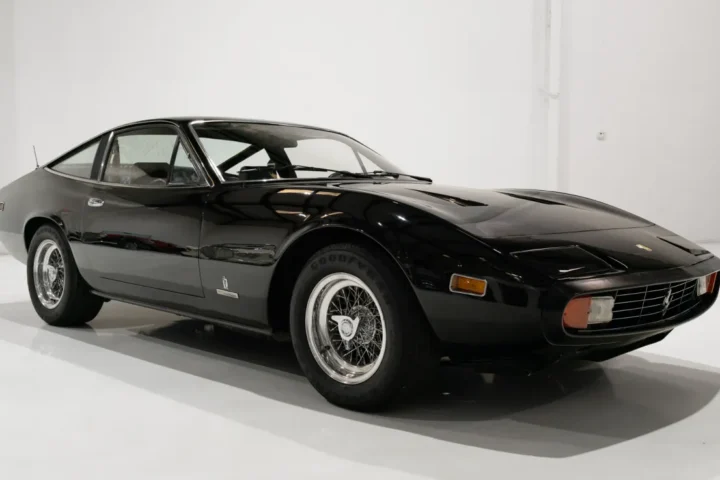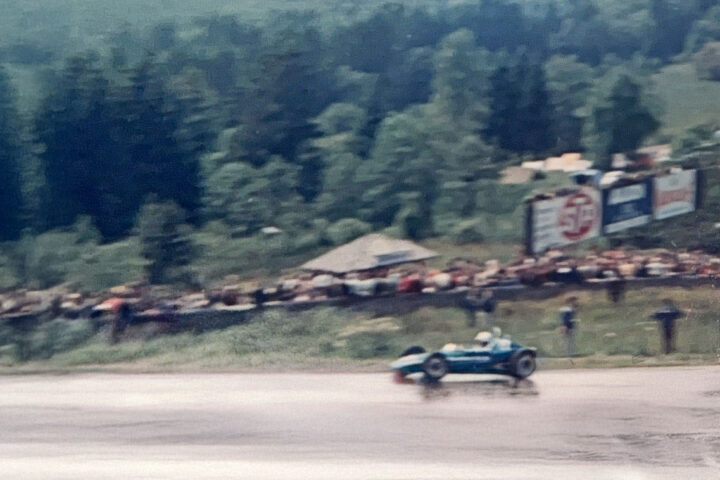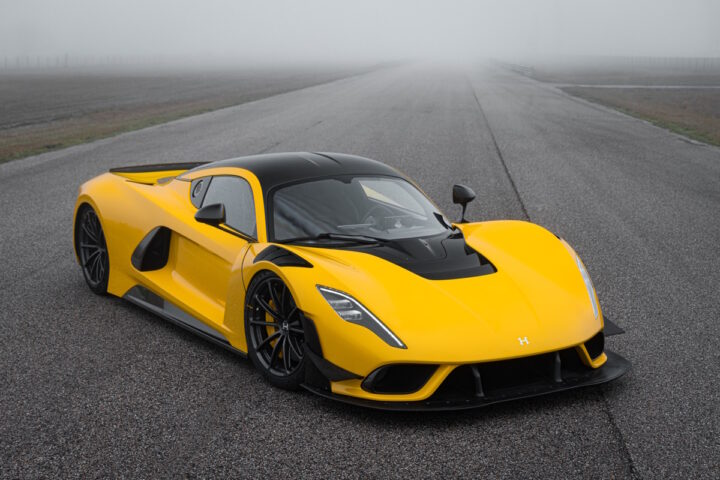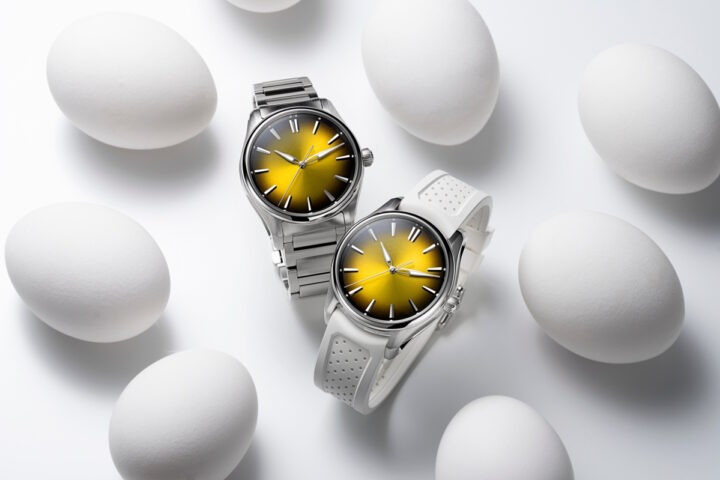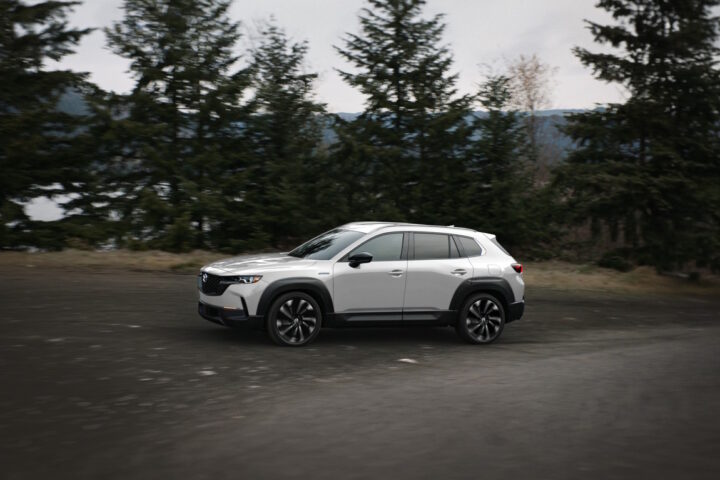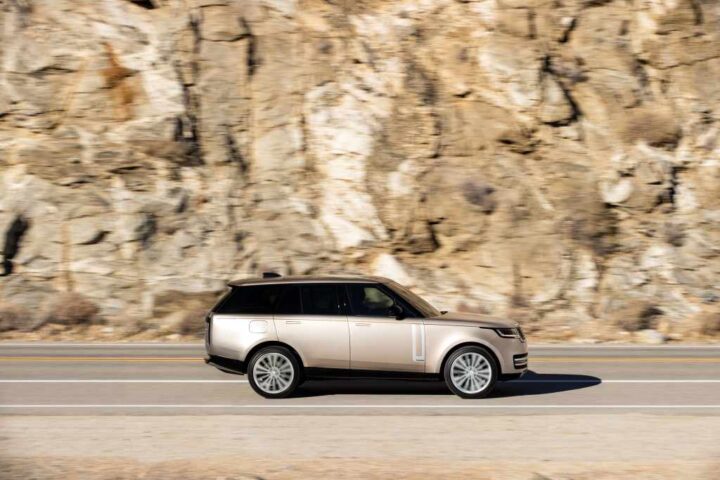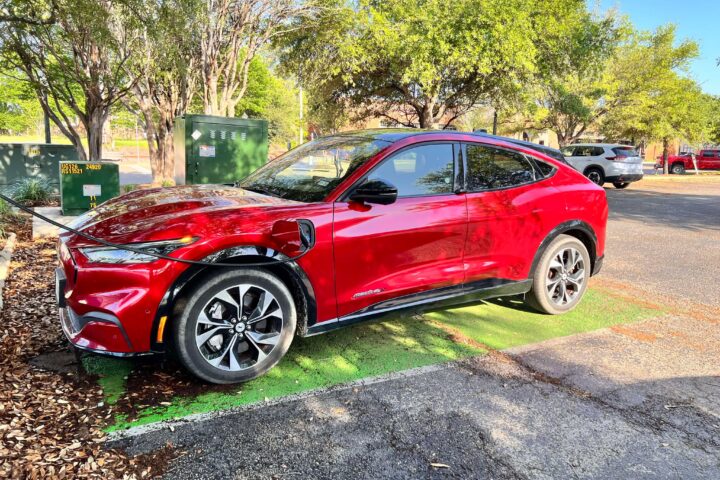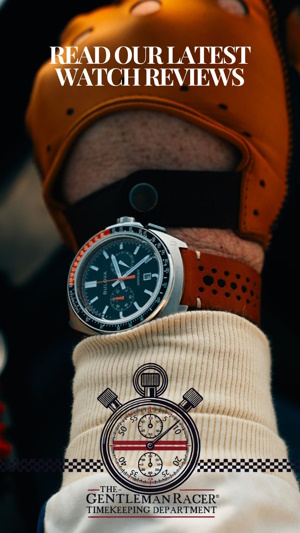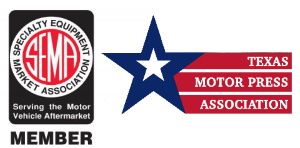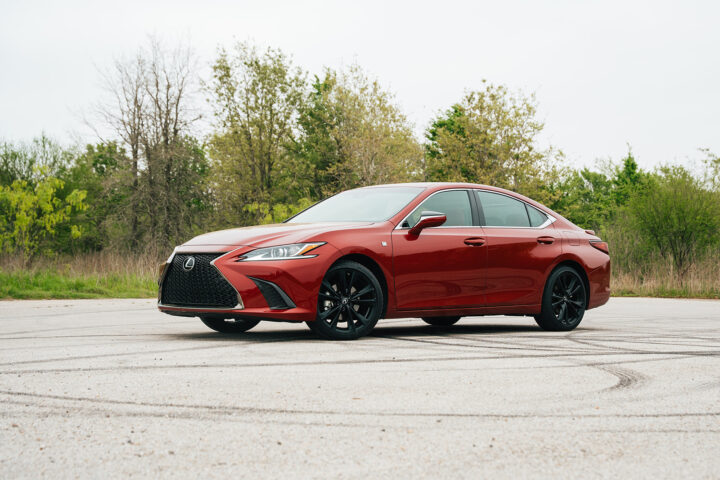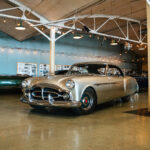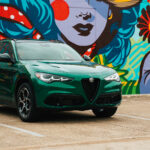TGR Staff
Roads are inevitably transformed by the passage of the Mille Miglia, and after traveling about 1800 kilometers, on the way home, the first sensation is one of having lost the way. It doesn’t matter which navigator you use: without the hundreds of red signs marking the route, no road looks right. And it is surprising to see that roundabouts are no longer thronged with eager photographers, and without the cheering crowds, accelerating seems to have lost its appeal. A generous warmth, from Brescia to Rome and back, in every square and outside every door, groups of people flocking to watch the race, year after year. Eyes trained on the “traveling museum,” countless camera flashes and praise for the Alfa Romeo cars in the official fleet, supporting the event.
It is certainly not every day that one can get a close, first-hand look at a Stelvio Quadrifoglio, a showcase of Alfa Romeo excellence, the SUV that powered around the Nürburgring circuit in 7 minutes 51.7 seconds, the lowest time ever in its category. Quadrifoglio: one word is enough to identify a car in a class of its own, one that defies all normal categorization. And the first SUV that is also an Alfa Romeo is quite at home between the two lines of the crowd, delighted by the hypnotic roar of the 2.9 V-6 Bi-Turbo, a promise of the power just waiting to be unleashed. Leaving Parma in the early morning, the Mille Miglia roused a drowsy Saturday morning in the Po Plain and on the gently rolling roads from Fidenza toward Salsomaggiore. Then a parade in Piacenza, on Piazza Cavalli: there were 510 Stelvio and Giulia Quadrifoglio cars present, and the square could hardly hold them.
At San Rocco al Porto, the Mille Miglia bade farewell to Emilia Romagna and entered Lombardy, the region where it was conceived and became reality. A bond that is even stronger and deeper this year, consecrated by the spectacular passage through Milan, across a packed, astonished Piazza del Duomo. A lot happens in Milan, a town that has seen it all, but not the Mille Miglia, which brought a new thrill to the city. So many ingredients all together and so many “firsts.” Leaving behind the considerate traffic on Viale Certosa, the race caravan paid a celebratory visit to the Museo Storico Alfa Romeo at Arese, where time trials were held on the internal circuit. Marcus Ericsson and Charles Leclerc, the drivers of the Alfa Romeo Sauber F1 Team, were also present, driving a 1932 Gran Premio Tipo B and a 1955 750 Competizione.

